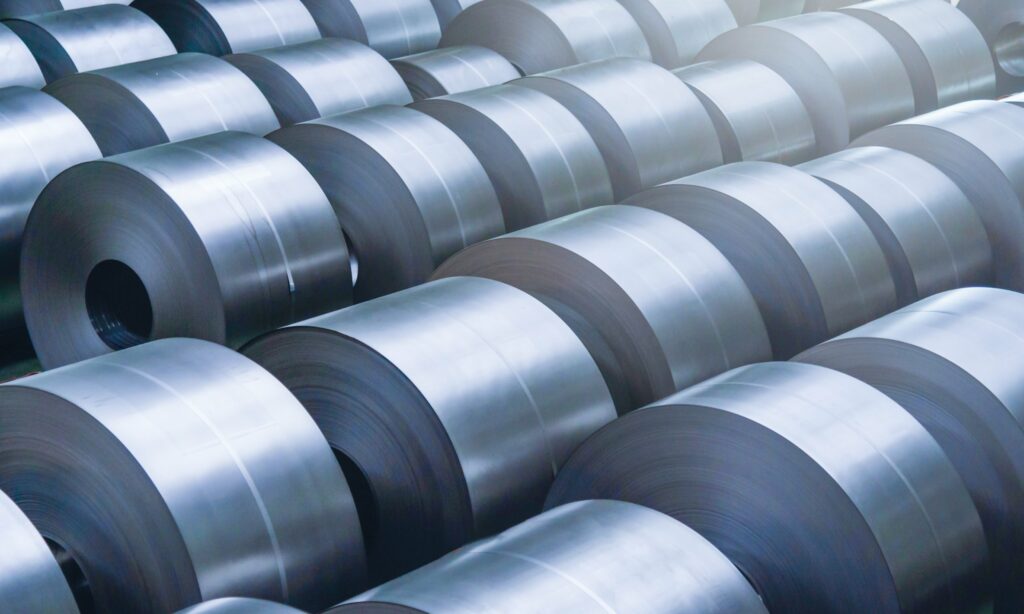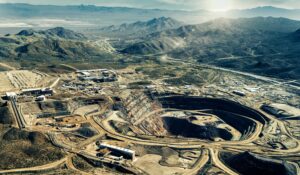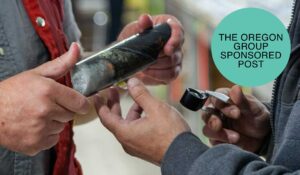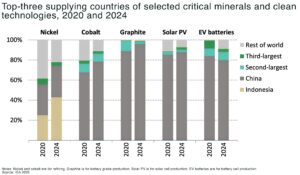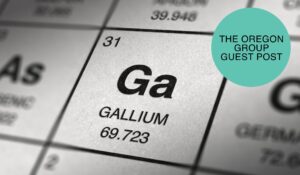As reported by Reuters, Indonesia decided that perhaps quality matters more than quantity when it coes to nickel smelters. The country pushed hard for investment in its nickel sector and that’s what it got. More smelters and more exports, which last generated around $30 billion from processed nickel exports.
The issue (for Indonesia) is that the bulk of the new smelters are designed to process nickel pig iron and ferronickel, which is the low end material used in stainless steel. Furthermore, most of the smelters run on coal – a potential issue when Western governments and automakers are making noise about wanting cleaner sources of battery materials. What the government really wants to see is processing that churns out battery-grade nickel, which is where the higher margins and higher growth forecast lie.
Investment Minister, Bahlil Lahadalia, commented that, “We prefer to push downstreaming with 80% to 100% value addition,” and that new smelters need to be “oriented towards green energy.” There’s also a growing concern about how long the country’s high-grade nickel will last. One official warned that if they keep approving smelters at the current pace, reserves could run dry in under 20 years. As of 2021, Indonesia had 15 operating nickel smelters, with more in the pipeline. But if this new policy takes shape, we can expect to see a quality driven approach that is better aligned with how nickel is growing.
Anthony Milewski
Chairman, Nickel 28 Capital
